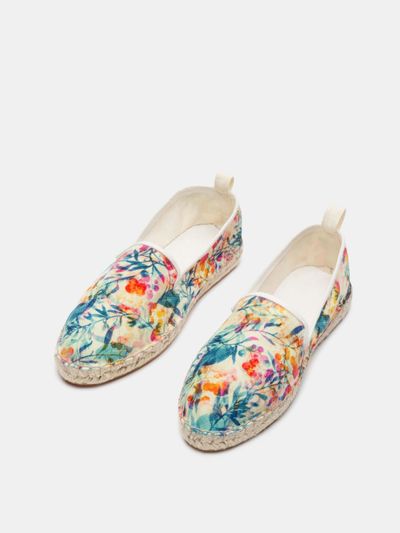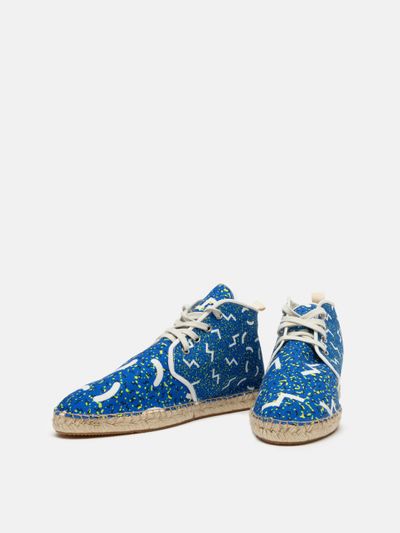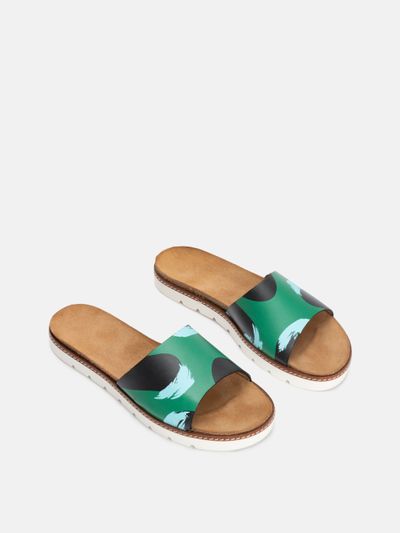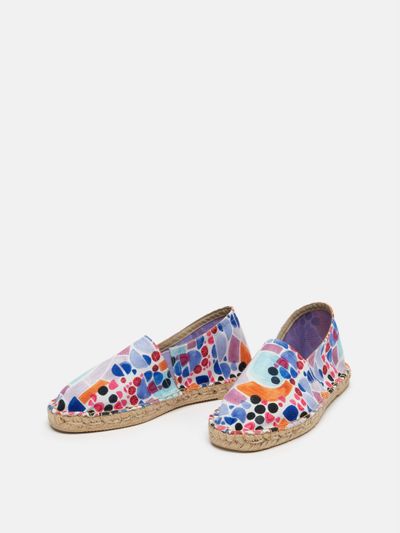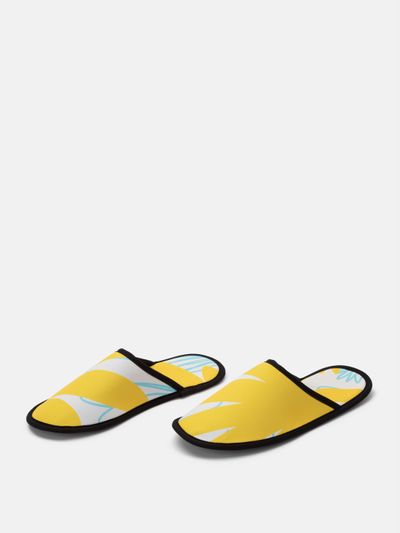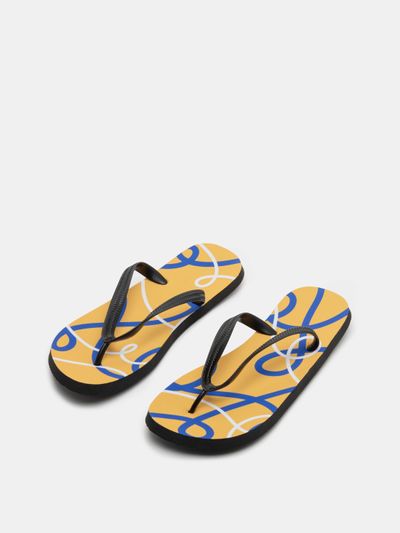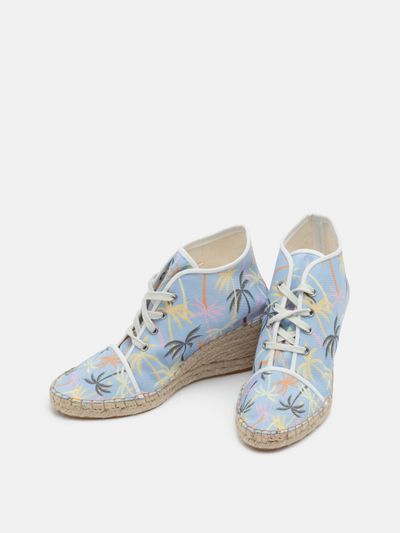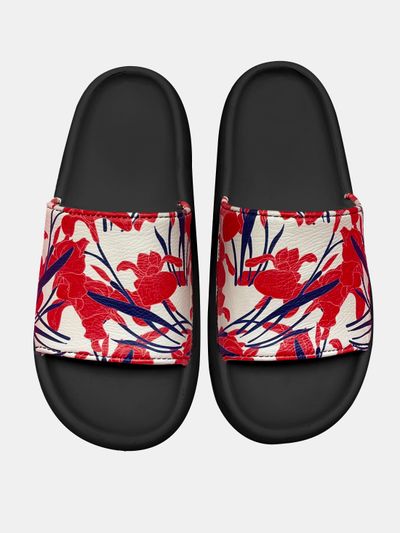When you design your own shoes, UK made to order, a spring is automatically put into your step. Print your designs, artwork or photos and fall in love with statement shoes all over again.
You search returned no results, please check the spelling or try a new search
When you design your own shoes, UK made to order, a spring is automatically put into your step. Print your designs, artwork or photos and fall in love with statement shoes all over again.
Footwear, unsurprisingly, was first used to protect someone's feet and prevent injury, which is still one of the main uses today. The main adversities that footwear was designed to protect against were caused by the environment itself. Most notably, the ground, and it's often sharp textures, as well as the rising floor temperature in the warmer months. Some of the first shoes date back to the copper age, which was circa 5,000 BCE.
Other than its primary purpose of protection, there are multiple other reasons and meanings behind footwear. Many ancient civilisations and different cultures have their own history and customs. These not only include different statuses of power and wealth by having certain types of shoe, but also give significance to the lack of footwear. This could be for either religious or symbolic reasons, or to intentionally put someone at a disadvantage. A common example of this is found throughout the history of imprisonment and slavery. Captives were often not allowed to wear shoes, to indicate inferiority, whereas their captors would have footwear to exercise their power. Often groups were split up this way.
Due to the climate and the environment that made up the landscape, Ancient Egyptians didn't have a practical need for shoes, and as a result, their primary reasons for footwear were to use them as ornaments, as well as to indicate power.
Another civilisation that unapologetically saw footwear (as well as clothing) as a sign of power and status. Most Romans wore footwear, whereas the peasants and the slaves were to remain barefoot. The majority of Roman sandals had metal sheets in the soles so that they retained their shape.
The fall of the Western Roman Empire, the Renaissance and the Age of Discovery saw the rise of high-heeled shoes. This was not only associated with power, but also with a desire to look larger than life. Much artwork from the time still shows bare feet as an indication of poverty. Almost exclusively, slaves and prisoners were depicted barefoot, throughout this period of the 5th to 15th century, and beyond. This remained the case until well into the 18th century.
The parent of the modern high-heels was known as a patten. Pattens were not exactly shoes, but more of an overshoe. A wooden sole, or wood and metal sole, had attached bands made from cloth or leather, and these were worn over a normal shoe when outdoors. They elevated the wearer above the unpleasantries of the ground before roads and paving were commonplace. Throughout this time the poorer classes, the lower classes and slaves were still most commonly found barefoot.
Originating in Turkey, during the 15th century, chopines were created. These were a style of platform shoe, primarily for women, which were commonly around seven to eight inches high. Again mostly used as pattens, or an overshoe, they lifted the feet of the wearer well clear of the mud and street soil. The chopine was designed with protecting the shoes and the dress of their wearer in mind. The chopine became extremely popular first in Venice, and then in Spain. As the overshoe became more and more associated with social standing, the height of the chopine became symbolic; the higher the shoe the higher the status. This resulted in some examples being up to 20 inches tall (that's around half a metre) and ultimately, in 1430 Venetian law limited the height to three inches. This was, however, widely ignored. By 1580, these high heeled shoes were also worn by men, and this is how a person of authority or wealth came to be known as 'well-heeled'.
Modern footwear, as we know it, is broadly made of one - or a combination - of either rubber, leather or plastic. Leather was one of the original materials that were used back when the very first shoes were made. Rather than change what we make footwear from, we have merely expanded the selection. The soles of shoes are commonly made from rubber or plastic, and some have a sheet of metal in them. As mentioned, the Romans also had metal sheets within their sandal soles.
More and more frequently in modern times, shoemakers (also historically known as cobblers or cordwainers) especially large manufacturers, are looking into sourcing and using more sustainable materials. This will result in more environmentally friendly footwear and a smaller carbon footprint.
Some things don't change; shoes are still an integral part of your fashion identity, offering protection and comfort as well as style. Customise espadrilles, flip flops and slippers with us at Contrado and design your own shoes, UK made that have personality. Whether you want a flamboyant print that warrants attention or a more understated design that is effortlessly chic, you have the power to make your vision happen.
We only use the finest of materials that not only print exceptionally to flaunt your colours and patterns, but feel comfortable and protect your feet. Our artisan shoemakers construct your pair by hand; first your designs are digitally printed using our specialist process and then all the components are hand-cut and hand-stitched together, finished only to the highest of standards. It's fun and simple to design your own shoes, UK handmade using our online design system, watching as they come to life with every edit you make. Our custom made women's shoes service is the ultimate opportunity for fashion designers harness their creativity and create a range of bespoke summer shoes and slippers.

